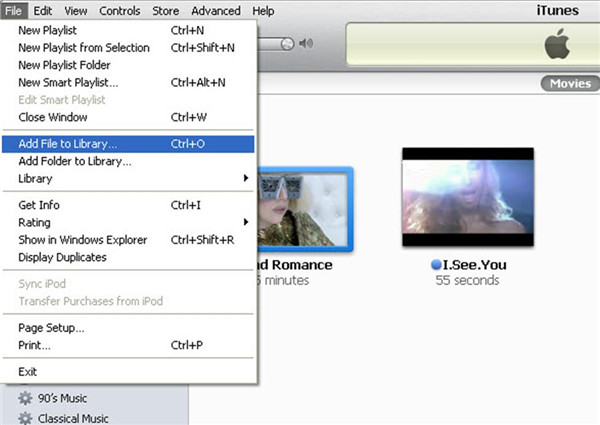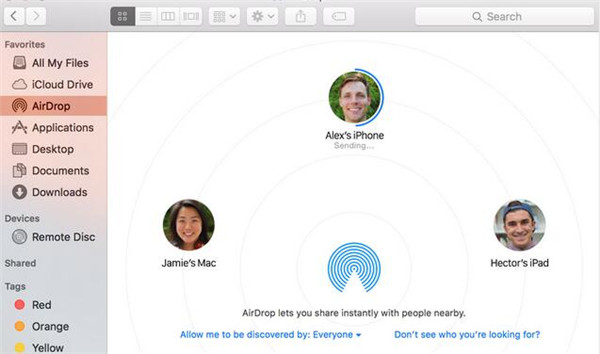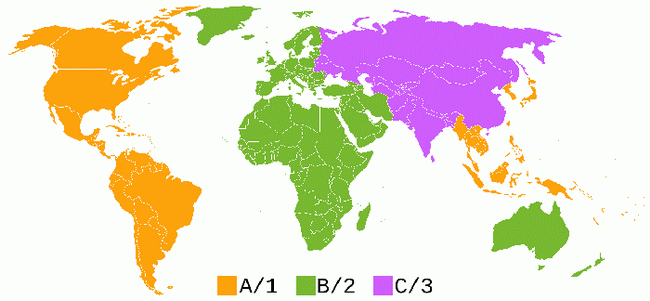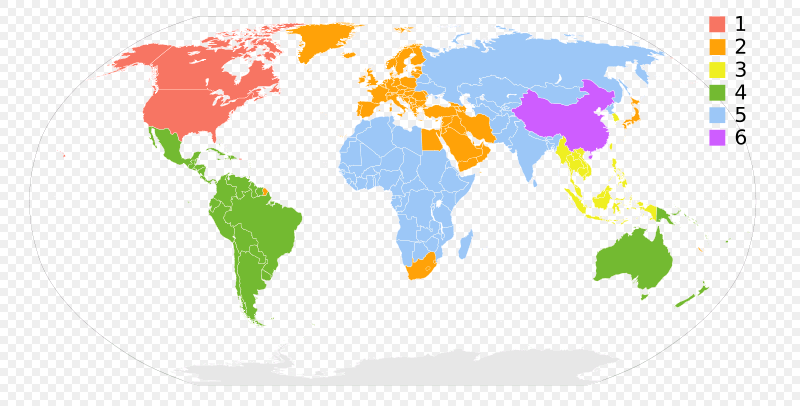Last updated on 2013-05-07, by
2D to 3D Technology
3D means three-dimensional, i.e. something that has width, height and depth (length). Our physical environment is three-dimensional and we move around in 3D every day.
Humans are able to perceive the spatial relationship between objects just by looking at them because we have 3D perception, also known as depth perception. As we look around, the retina in each eye forms a two-dimensional image of our surroundings and our brain processes these two images into a 3D visual experience.
However it’s important to note that having vision in both eyes (stereoscopic or binocular vision) is not the only way to see in 3D. People who can only see with one eye (monocular vision) can still perceive the world in 3D, and may even be unaware that they are stereo blind. They are simply missing one of the tools to see in 3D, so they rely on others without thinking about it.
Here are some of the tools with which humans use for depth perception:
- Stereoscopic vision: Two eyes provide slightly separate images; closer objects appear more separated than distant ones.
- Accommodation: As you focus on a close or distant object, the lenses in your eyes physically change shape, providing a clue as to how far away the object is.
- Parallax: As your head moves from side to side, closer objects appear to move more than distant ones.
- Size familiarity: If you know the approximate size of an object, you can tell approximately how far away it is based on how big it looks. Similarly, if you know that two objects are a similar size to each other but one appears larger than the other, you will assume the larger object is closer.
- Aerial perspective: Because light is scattered randomly by air, distant objects appear to have less contrast than nearby objects. Distant objects also appear less color-saturated and have a slight color tinge similar to the background (usually blue).
In order to represent the 3D world on a flat (2D) surface such as a display screen, it’s desirable to simulate as many of these perception tools as possible. Although there is currently no way to simulate all of them at the same time, video does use a combination. For example, aerial perspective and size familiarity are automatically captured by the video camera. In CGI scenes, aerial perspective must be added so that distant objects appear less clearly (this is called distance fog).
Of course the addition of stereoscopic images (a separate image for each eye) is a significant improvement—so much so that most people think of stereoscopic films as being 3D, and all others as being 2D.
2D Film & Video
A traditional 2-D video image has width and height but technically it has no depth, i.e. everything in the image is presented at the same distance from the viewer. Still, the viewer does perceive the image as three-dimensional by subconsciously using the techniques listed above—much the same as how stereo-blind people perceive the real world.
3D Film & Video
A 3D or 3-D (three-dimensional) film or S3D (stereoscopic 3D) film is a motion picture that enhances the illusion of depth perception. Derived from stereoscopic photography, a regular motion picture camera system is used to record the images as seen from two perspectives (or computer-generated imagery generates the two perspectives in post-production), and special projection hardware and/or eyewear are used to provide the illusion of depth when viewing the film. 3D films are not limited to feature film theatrical releases; television broadcasts and direct-to-video films have also incorporated similar methods, especially since 3D television and Blu-ray 3D.
Common display methods include:
- Anaglyphic processing (red/cyan glasses): The original 3D system, now largely out of favor.
- Polarized light system (polarized filter glasses): The most common new system for cinemas.
- Active shutter system (LCD shutter glasses): The most likely standard for the first generation of 3D televisions and other displays.
2D to 3D conversion
In the case of 2D CGI animated films that were generated from 3D models, it is possible to return to the models to generate a 3D version.
For all other 2D films, different techniques must be employed. For example, for the 3D re-release of the 1993 film The Nightmare Before Christmas, Walt Disney Pictures scanned each original frame and manipulated them to produce left-eye and right-eye versions. Dozens of films have now been converted from 2D to 3D. There are several approaches used for 2D to 3D conversion, most notably depth-based methods.



















